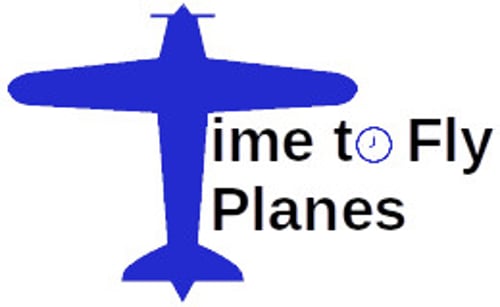Frequently Asked Questions
TimeToFlyPlanes focuses on informing pilots about the real costs of flight training as well as opportunities to learn and grow their piloting skills.
CFIGary believes research showing a partnership is the most cost-effective way to gain hours!
How can a partnership be to my advantage?
As a student you save a bundle over rental costs, partnerships are the most cost-effective. Building hours for your ATP rating requires money and an airplane. Partnership costs can be nearly half the rental price. Additionally, partnerships make accessibility to airplanes more available to you by restricting access to partners only.
Why would I want to only own a share of a plane?
Owning a share means you share all the costs. Since you are not flying all the time, why pay all the costs? By sharing costs your individual costs are lower.
Why does a typical rental cost so much?
Many factors result in a higher cost: rentals typically charge by the Hobbs hour but perform maintenance based on tach hours, which increases costs by 15-30 percent. All the fixed costs (with profit) are then added into the hourly cost borne by you. Rentals often build a pre-defined fuel cost into the hourly rate, whereas, partners pay for their own actual fuel costs. Fixed costs (like annual or tiedown) are split among owner monthly fees instead of hourly.
How can I build hours and keep my day job?
Building hours can basically be done in 3 ways;
1) a day job as a commercial pilot;
2) a flight instructor;
3) flying yourself.
It might be possible to find a commercial pilot job while working your day job, but many personal factors may impact that solution. Keeping a day job eliminates, or may severely constrain, the CFI option. A flight instructor often accommodates a student’s schedule which could create difficulties if working full time. Flying yourself allows you to fly whenever your schedule permits. Subsequently, the cost effective way to fly yourself is by being in a partnership.
Is a partnership time builder different or better than a CFI time builder?
CFI’s building time typically gain their time with students. This means there are a lot of hours spent in the traffic pattern and practice areas. The extreme description is one hour of activity repeated 1500 times. Flying as a CFI requires your flight time be spent teaching the student learner. Time building by flying yourself allows you to focus your experience on what professional recruiters prefer to see, and then ultimately position you for the right job.
Why is partnership time building different than a commercial pilot job?
Commercial pilot jobs may be a great option if the schedule and pay work for you. Also consider the experience gained. If you pilot for sky divers, all those hours are basically flying in a circle. Time building by flying yourself allows you to focus your experience on what professional recruiters prefer to see.
How does a partnership help me get hours faster?
As a partner you schedule the plane at your convenience. If you work full time, you can get more early morning or late daytime flights during the week. Having a plane available when you are able is a great benefit. Not competing with a flight school helps ensure that availability. With lower hourly costs, you are able to fly more and pay less. These savings are in the thousands of dollars!
How can a partnership get me better quality hours for my ATP job application?
As a partner you define your own flights. As a TimeToFlyPlanes member we assist you by recommending experience flights. Local airports may present unique challenges, such as flying a long distance “in the system,” and other activities which focus your experience on what professional recruiters prefer to see. Partners define their flights, not an employer or student.
Are there extra benefits of partnership?
Of course, already discussed is lower cost and higher availability. You consistently fly the same plane. If there is a desire to make changes like upgraded avionics it’s a simple discussion with the few partners, and the cost is split. That also applies to tie down versus a hanger and other changes which may be desired. Rentals offer no such option and clubs are limited. And at any time after the buy in, you can sell your member share and quite possibly recover your initial investment.
The partnership claim that it is better, faster and lower cost hours for my ATP, sounds too good. What's the catch?
You have to buy-in, literally. Clubs and rentals have little money down. Rentals have no monthly costs. Partnership has an acquisition cost; you are buying part of a plane! BUT, that cost spread over, say 1000 hours, adds about $20 per hour, still saving almost 50% of the cost of rental over the partnership period, and you end up flying in your airplane.
Does a Pilots advocacy organization like AOPA have anything to say on partnerships?
Yes, they have an excellent article still very applicable which you can read here. https://www.aopa.org/news-and-media/all-news/2017/may/pilot/ownership-marriage
